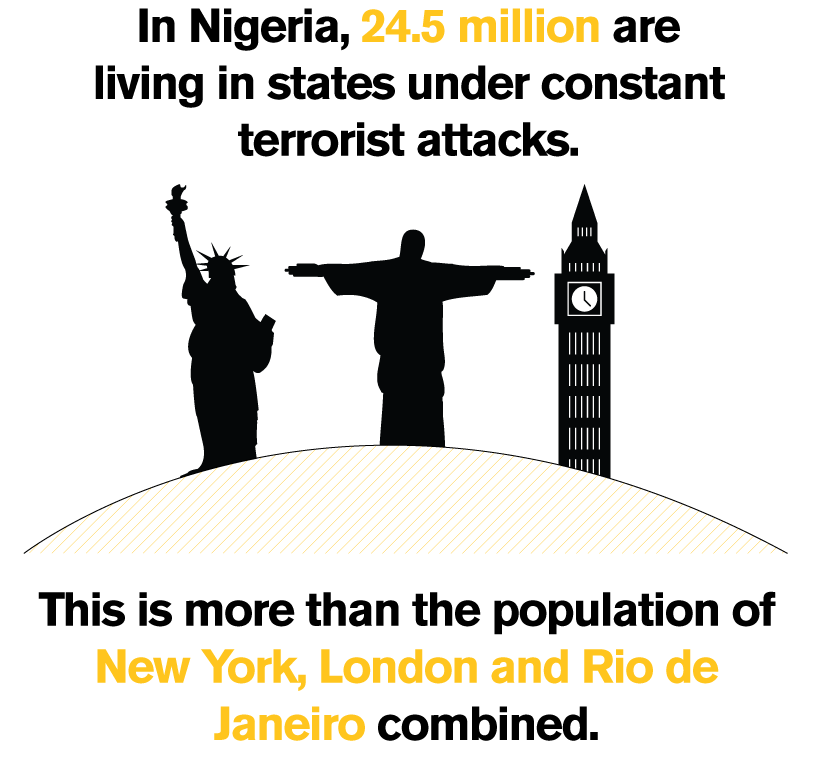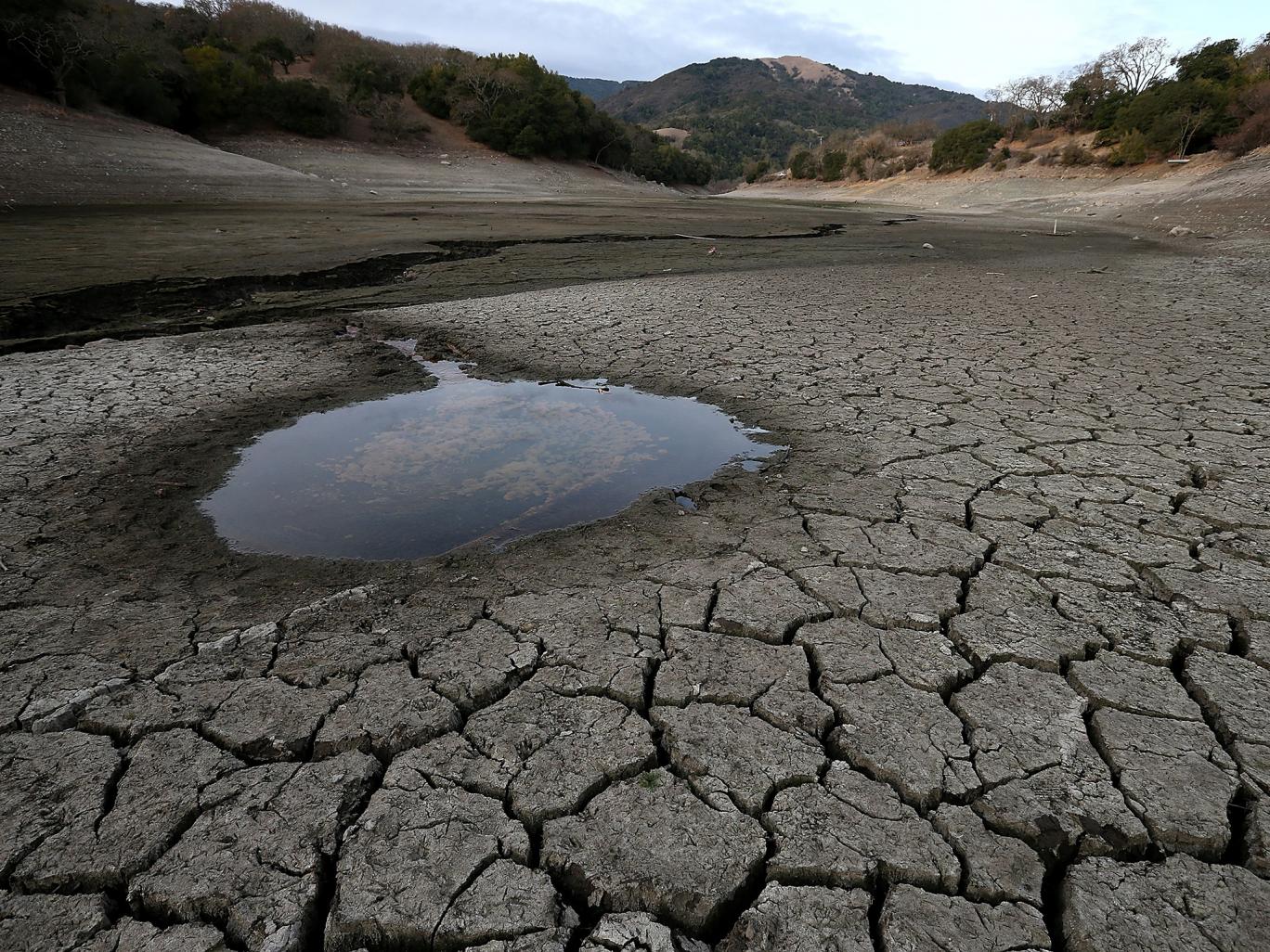The news has been filled with images of refugees and migrants over the past few months. Presidential candidates and business leaders have all had something to say about the “Refugee Crisis”. Since the attacks in Paris, there have been many questions regarding the safety of allowing these large groups of people into a nation.
What is happening? What is the world refugee crisis?

There has been a large influx of displaced individuals around the world. The International Refugee Center reported on December 22, 2015, that Europe had received 1 million refugees. There are over 3.8 million displaced people from Syria in 2015 spread throughout the world.

What are they running from?
Refugees and migrants trying to escape from dangerous situations leave because staying is considered suicide.
Some of the most common reasons for mass displacement are political instability, violent conflicts, droughts, famines, medical crisis, religious or ethnic persecution, and natural disasters.




How are they traveling?
Traveling in a conflict or danger zone to a safe area requires planning and assistance for one individual, but when there are so many people traveling from one place to another it becomes complicated.
To escape from danger zones, migrants and refugees travel by any means necessary.
One of the most publicized travel routes is from Turkey to Greece by water.
The LA Times reported on January 5, 2016:
“The flow of people seems unstoppable. As many as 6,000 people from Syria, Afghanistan, Iraq and other war-torn nations are landing every day on several Greek islands to begin a trek into the heart of Europe, an arduous quest for sanctuary through the Balkans to wealthier nations such as Germany and Sweden. Nearly 500,000 refugees and migrants have arrived in Europe this year; almost 3,000 have died making the attempt.”

Travel by water has led to many deaths and injuries. The first reported death of a refugee in 2016 is reported to be a toddler who died from hypothermia after the “ship” his family was traveling on stalled and started to sink.
Migrants and refugees along the Austrian-Slovenian border and the Hungarian-Serbian borders have been traveling by foot. Facing police and border patrol agents seeking to direct the migrants to designated entry points.

Others have managed to find trains to legally board or sneak aboard to cross into safe areas.

What challenges to they face?
These migrants and refugees are often coming from areas that lack access to basic supplies.
Such as food and water…

Or access to education and healthcare.


The cost of running and traveling between these nations has led to an increase in the international smuggling and human trafficking business.

Some of these refugees are children without any adult to help them safely experience these challenges.

They also are blamed for causing problems in many countries. They are blamed for terrorist attacks, violent crimes, “taking money from citizens”, “cheating the system”, and draining the economy. Banksy, a British graffiti artist, has begun painting images of Steve Jobs near refugee camps and refugee centers. Jobs was the child of refugees.

How are nations responding?
Nations throughout the world face problems taking in the large numbers of migrants trying to enter their borders.

Several nations have set up areas that are designated as refugee only areas. These include refugee camps, registration centers, and aid buildings. This allows the host nation to track where individual refugees are and can more easily distribute aid in certain areas.

These nations are trying different ways to direct refugees to check in posts, while still assuring the safety of the nations population.
Atika Shubert from CNN reported on January 4, 2015: “Until this week, travelers have been able to enter Sweden freely by train, car and ferry across the Danish border. Now they will have to disembark and show their driver’s license or passport before being allowed to continue their journey. Anyone without a valid form of ID will be turned back.”
The Associated Press reported in October the announcement of Austria deciding to build a fence along the border.
But some nations are feeling that the brunt of the population increase is only being targeting in certain nations.
European Council President, Donald Tusk said, “The current chaos at our external borders must end. Proper management and control of our external borders is our common responsibility. It would be unfair to put all the burden on Italy or Greece or other countries.”
Though nations and international aid groups have promised donations, no one is really certain how to make sure that the aid gets to those who need it most.
